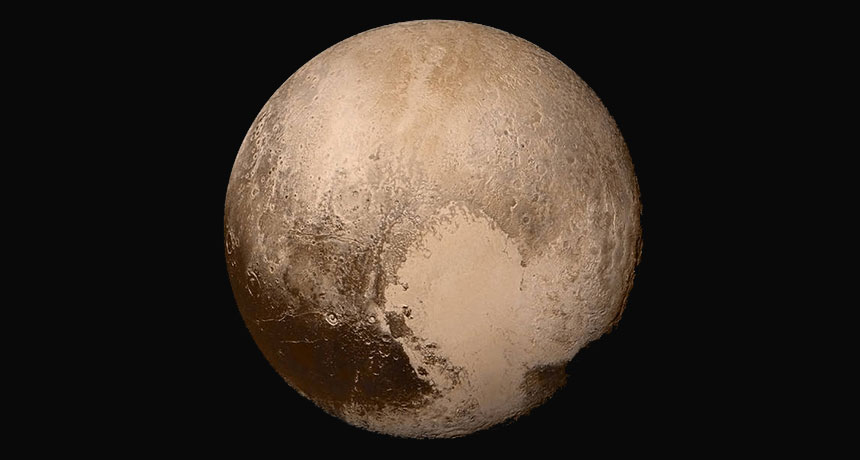The wait for more Pluto data is almost over

Several weeks after its flyby of Pluto, the New Horizons spacecraft will begin sending data back to Earth on September 5.
NASA, JHUAPL, SwRI

Several weeks after its flyby of Pluto, the New Horizons spacecraft will begin sending data back to Earth on September 5.
NASA, JHUAPL, SwRI